A Walk Through Michigan’s Wildflowers
A guide to finding unique blooms across the state.
When the winter snow melts in Michigan, a variety of wildflowers begin to emerge, some of which grow nowhere else on earth. Explore this guide for the best places to view our state’s diverse plant life and learn about the role each plays in their respective habitats.
1. American Lotus (Nelumbo lutea)
Found in south and southeastern Michigan, the state-threatened American lotus is a stunning flower. Typically growing in areas of slow-moving water, its leaves resemble lily pads while its large, yellow-white blossoms rise high above the water’s surface. The spectacular blooms open in the morning and close in the evening for a period of about three days.
Bloom Time: Mid- to late-August
Viewing: Erie Marsh Preserve, Monroe County
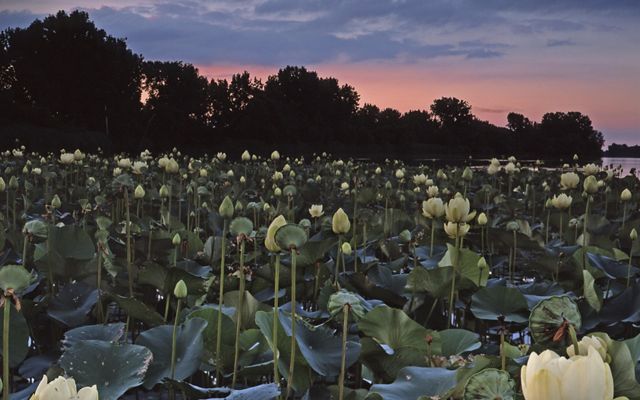
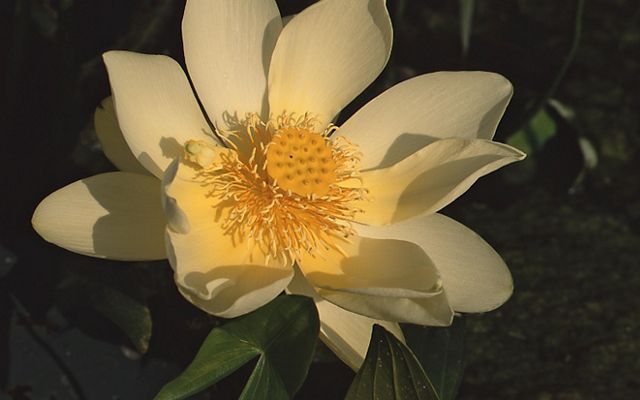
2. Bladderwort (Utricularia)
Located in wetlands found among sand dunes, the bladderwort is small but mighty. On the stems of this plant are small, compressed sacs, or “bladders” that pop open when brushed by an insect. This causes water to rush inside, pulling the insect with it—with a strength up to 600 times the force of gravity. A variety of both common and threatened bladderwort species reside in Michigan.
Bloom Time: June to August
Viewing: Grass Bay Preserve, Benton Township; McMahon Lake Preserve, Luce County

3. Blazing Star (Liatris)
With a narrow spike of bright purple flowers, blazing star somewhat resembles the invasive plant, purple loosestrife, but these are all native. Several species of the showy plant occur in Michigan—some in your own garden. These colorful blooms are very popular native plants to grow at home.
Bloom Time: July to August
Viewing: Grand River Fen Preserve, Horton; Paw Paw Prairie Fen Preserve, Mattawan

4. Bloodroot (Sanguinaria canadensis)
Bloodroot begins to appear in rich deciduous forests and floodplain forests in the early spring. The plant isn’t named for its bright, white bloom but rather the red-orange sap in its stem. You can find this delicate, spring ephemeral across Michigan.
Bloom Time: Early spring
Viewing: Nan Weston Nature Preserve at Sharon Hollow

5. Prairie Smoke (Geum triflorum)
The wispy, long plumes of prairie smoke can be found in Michigan’s sandy prairies, bluffs and oak savanna as well as the limestone bedrock on Drummond Island. Its habitat has been severely degraded, resulting in its state-threatened status. Natural disturbances like prescribed fire and brush removal are used to help this species establish itself in Michigan’s prairies.
Bloom Time: May to June
Viewing: Maxton Plains Preserve, Drummond Island

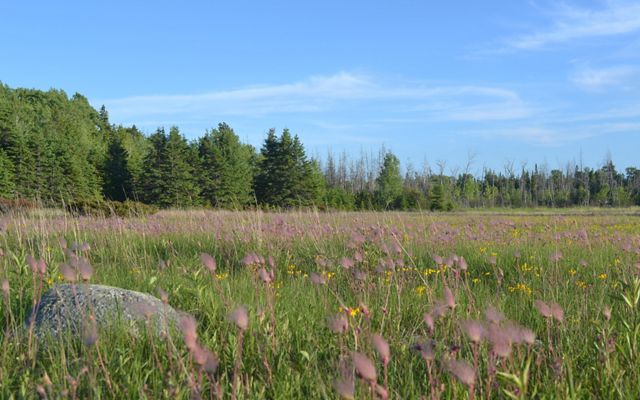
6. Dwarf Lake Iris (Iris lacustris)
Endemic to Great Lakes shorelines, Dwarf lake iris grows nowhere else in the world! With its habitat reduced by a number of factors, these bright blue flowers are listed as both state and federally threatened. While spotting it is rare, it’s not impossible. Keep an eye out near the ground for its blooms near areas of thin soil over limestone, rich gravel or bedrock.
Bloom Time: Early May to early July
Viewing: This species is rare. You may be able to spot it at Grass Bay Preserve, Benton Township; Carl A Gerstacker Nature Preserve at Dudley Bay; or Maxton Plains Preserve at Drummond Island.

7. Marsh Marigold (Caltha palustris)
These sunshine yellow wildflowers are found blooming along streams, wet swamps and marshy hollows in the early spring. The kidney-shaped petals of the marsh marigold are often likened to large buttercups. They are widely found across Michigan.
Bloom Time: Early spring
Viewing: Ives Road Fen Preserve, Lenawee County; John Arthur Woollam Preserve, Port Dolomite; Nan Weston Nature Preserve at Sharon Hollow

8. Pitcher Plant (Sarracenia purpurea)
The leaves of the pitcher plant form a deep cup where water collects. Insects crawl in and drown, unable to climb back out again due to downward-pointing spines that line the inside of the cup. The easiest time to spot a pitcher plant is in the summer when it sends up a purple-red flower on a stalk as high as two feet tall. This carnivorous plant can be found in bogs and fens across the state.
Bloom Time: April or May
Viewing: Grass Bay Preserve, Benton Township; McMahon Lake Preserve, Luce County; Ives Road Fen Preserve, Lenawee County

9. Pitcher's Thistle (Cirsium pitcheri)
Endemic to Great Lakes shorelines, the pitcher’s thistle thrives in sandy areas, using a taproot that grows up to six feet long to reach water. It is a monocarpic plant, meaning it only flowers and produces seeds one time, at the end of its 5-8 year lifespan. Like the dwarf lake iris, the species is listed as both state and federally threatened.
Bloom Time: Late July to early September
Viewing: Shoreline preserves like Zetterberg Preserve at Point Betsie, Carl A Gerstacker Nature Preserve at Dudley Bay and Portage Point Woods Preserve in Manistee.
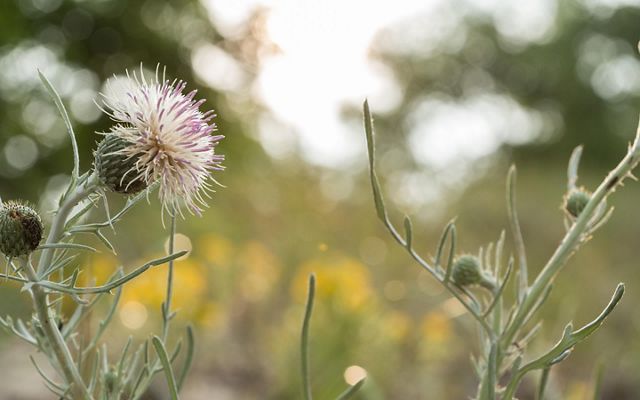
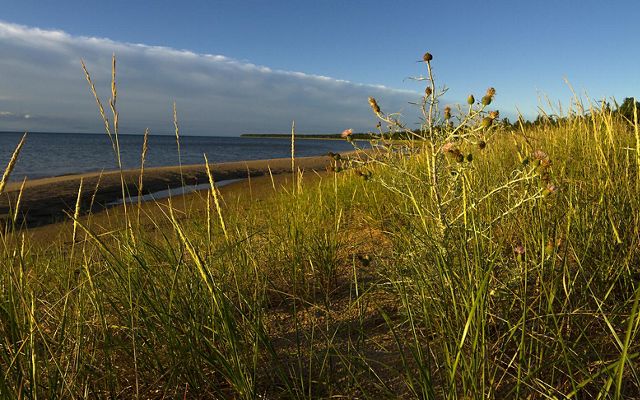
10. Common Trillium (Trillium grandiflorum)
The many varieties of trillium, with its distinctive three-petaled blossoms, are a favorite among woodland explorers. Keep an eye out for these white blooms in moist to dry deciduous forests. Other varieties of trillium like toadshade and red prairie are threatened in Michigan.
Bloom Time: Early spring
Viewing: Nan Weston Nature Preserve at Sharon Hollow; John Arthur Woollam Preserve, Port Dolomite; Echo Lake Nature Preserve, Marquette

Importance of Biodiversity
These are just a tiny fraction of the species that reside in Michigan. Our state and our planet are home to a vast variety of life—known as biodiversity. Many of these flowers bloom in abundance. Others, like the dwarf lake iris, are at risk of disappearing. Because the loss of one species can speed up the loss of others that depend on it, scientists say we must act urgently to help nature rebound this decade—and that will require big commitments from countries, companies and communities.

Stay Connected
Subscribe for the latest nature news, volunteer opportunities, events and more.



